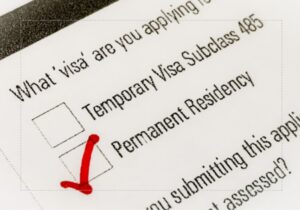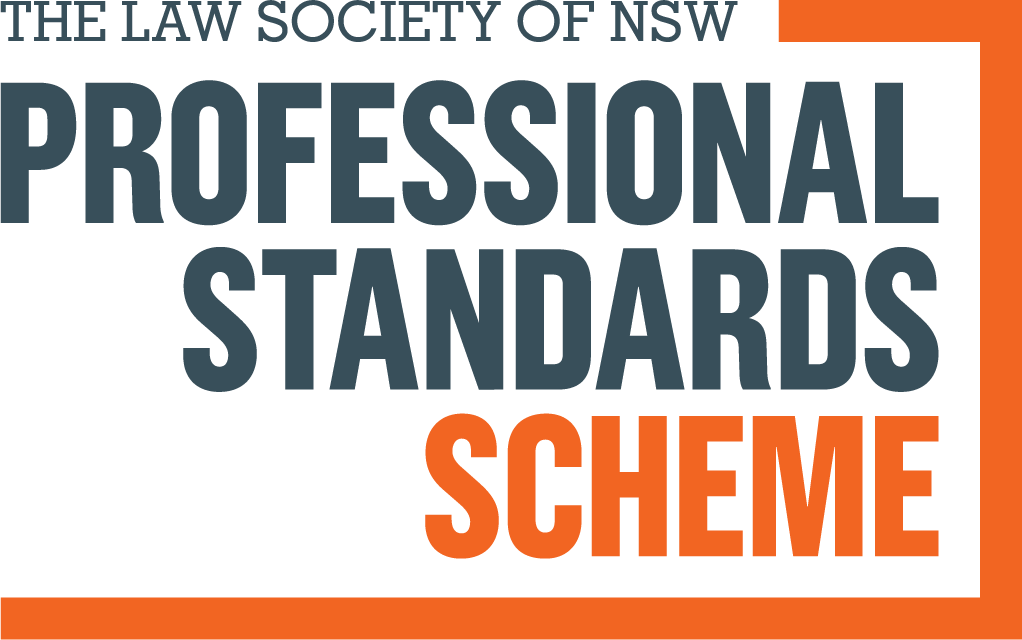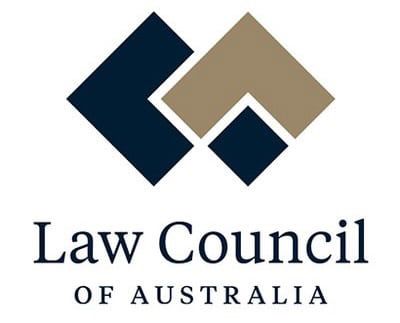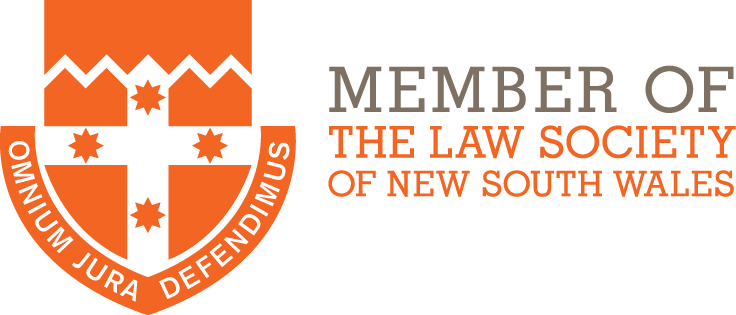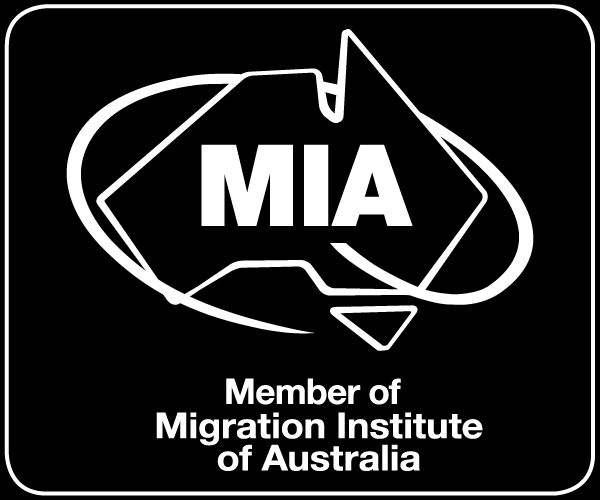If you’re on the Skills in Demand (SID) 482 visa — also known as the old TSS 482 — and hoping to get permanent residency (PR) in Australia, you’re in the right spot.
Here’s the good news: the SID 482 visa can help you take the next step towards staying in Australia for good.
Let’s make it simple and walk you through how to move from a Skills in Demand 482 visa to becoming a permanent resident.
What is the Australia 482 Visa?
The Skills in Demand (SID) visa 482 is a temporary work visa that allows skilled workers to come to Australia and fill job shortages in specific industries. There are three main streams for this visa:
- Medium-Term Stream: For skilled workers with jobs on the Medium and Long-term Strategic Skills List (MLTSSL).
- Short-Term Stream: For occupations listed on the Short-Term Skilled Occupation List (STSOL).
- Labour Agreement Stream: For workers whose employers have a labour agreement with the Australian government.
The Skills in Demand (SID) 482 Visa allows you to work in Australia for up to four years. But what if you want to stay longer? That’s where the exciting part comes in—turning that temporary visa into permanent residency.
Pathways from TSS 482 Visa to Permanent Residency
If you’re on a 482 Visa and want to make Australia your permanent home, one of the most common ways is through the Employer Nomination Scheme (ENS) Subclass 186 Visa. It’s a popular option, and the process is straightforward with two main pathways to choose from.
#1. Temporary Residence Transition (TRT) Stream
If you’ve been working with the same employer for at least three years on your 482 Visa, the TRT Stream could be your route to Permanent Residency. If you’re still in the same job, and that job qualifies for PR, this is usually the easiest option.
#2. Direct Entry Stream
If you haven’t been with the same employer for three years, the Direct Entry Stream is another option. However, you’ll need to pass a skills assessment for your nominated occupation. This assessment checks that your qualifications and skills match what’s required for your job. Once you get the go-ahead, you can apply for the ENS 186 Visa.
In short, these two streams make it easier for 482 Visa holders to transition to permanent residency based on their work history and qualifications.
What Are the Requirements for the ENS 186 Visa?
The ENS 186 Visa offers two pathways, and each comes with specific requirements. Let’s break down what you need to qualify for either the Temporary Residence Transition (TRT) Stream or the Direct Entry Stream.
TRT Stream Requirements
To be eligible for the TRT Stream, you’ll need to meet the following criteria:
- Three Years of Employment: You must have worked for your employer in your nominated occupation for at least three years on your 482 Visa.
- English Proficiency: You need to demonstrate competent English (usually through tests like IELTS).
- Age: You must be under 45 years old when applying for permanent residency.
Direct Entry Stream Requirements
For the Direct Entry Stream, the following requirements apply:
- Skills Assessment: You must complete a positive skills assessment for your nominated occupation, proving you have the necessary qualifications and experience.
- English Proficiency: Like the TRT Stream, you’ll need to show competent English.
- Employer Nomination: You must be nominated by an employer who is willing to sponsor you for the ENS 186 Visa.
In summary, to apply for the ENS 186 Visa, you’ll need to meet the specific requirements based on the stream you choose. This process can lead to permanent residency in Australia, provided you meet the eligibility criteria.
Regional Pathways to PR
If you’re currently working in a regional area of Australia, there’s a special pathway available to help you transition to permanent residency. The 494 Skilled Employer-Sponsored Regional Visa is designed specifically for individuals working in regional locations.
This visa allows you to work in regional areas for a specified period, and after meeting certain requirements, you can apply for the Subclass 191 Permanent Residence (Skilled Regional) Visa.
The Subclass 191 Visa provides a pathway to permanent residency for individuals who have held the Subclass 494 visa for at least three years and have met income and employment requirements.
This is an excellent option for those who are already contributing to regional areas and want to make Australia their long-term home. If you’re working in a regional area, this pathway could be a great way to achieve permanent residency.
Alternative Pathways to Permanent Residency
Not every 482 Visa holder may qualify for the ENS 186 Visa, but don’t worry—there are other pathways available to secure permanent residency.
#1. Skilled Independent Visa (Subclass 189)
The Skilled Independent 189 Visa is a points-based visa designed for skilled workers who don’t require employer sponsorship. If you meet the points threshold based on factors like age, skills, qualifications, and English proficiency, this visa might be the right fit for you.
#2. Skilled Nominated Visa (Subclass 190)
If you’re living in a state or territory where your skills are in demand, the Skilled Nominated 190 Visa might be a great option. This visa requires state or territory nomination, but it also provides a pathway to permanent residency. If your skills align with the needs of a specific region, the 190 Visa could be your golden ticket.
#3. Partner Visa
If you’re in a relationship with an Australian citizen or permanent resident, the Partner Visa can provide another route to permanent residency. Whether you’re married or in a de facto relationship, this visa allows you to apply for PR through your partner, giving you another option to stay in Australia long-term.
With these alternatives, there are several ways to secure permanent residency, so even if the ENS 186 isn’t the right path for you, other options could still lead to your Australian dream.
Migration Changes: What You Need to Know
Australia is making significant changes to its migration system in 2024, and these changes may affect your path to permanent residency. The new three-tiered visa system will categorise skilled workers into three distinct groups:
- Specialist Skills Visa: This visa is for high-income earners, specifically those earning over $135,000 per year. If you’re in a specialised role and meet this salary threshold, this visa could be a good option for you.
- Core Skills Visa: Designed for tradespeople, this visa applies to workers with earnings between $70,000 and $135,000. If you’re in a skilled trade, this visa stream is likely to be relevant to you.
- Essential Skills Visa: Targeted at workers in essential sectors like aged care and disability services, this visa is for those earning under $70,000. If you’re working in these essential roles, this visa might be the right fit.
These changes will have an impact on your options if you’re transitioning from a 482 Visa to permanent residency, so it’s important to stay informed and understand how these new categories might affect your application.
Common Challenges in the Transition to PR
Transitioning from a 482 Visa to permanent residency (PR) can present some challenges, but with the right preparation, you can overcome them. Here are some of the most common hurdles and how to tackle them:
- English Proficiency: Many visa pathways require proof of English skills. If you’re unsure whether your English is up to standard, it’s wise to take an English language test ahead of time. Preparing for this will help avoid any surprises when you apply.
- Employer Involvement: Your employer plays a crucial role in your PR journey. They must meet specific requirements to nominate you for a permanent visa. Make sure your employer is ready and willing to support you throughout the process to avoid delays or complications.
- Age Restrictions: Most visa streams have an age cap of 45 years. If you’re approaching this age limit, it’s essential to understand the available exemptions. You may still have options to apply for PR depending on your circumstances, so make sure to explore all possibilities.
While these challenges can feel overwhelming, knowing what to expect and how to prepare will help make your path to permanent residency smoother. Be proactive, stay informed, and seek professional advice if needed to ensure you’re on the right track.
How to Apply for Permanent Residency
Applying for permanent residency (PR) in Australia is straightforward when you follow the correct steps. Here’s an easy-to-understand guide to help you through the process:
- Check Your Eligibility: Before starting your application, make sure you meet all the necessary visa requirements, including age, skills, qualifications, and work experience.
- Prepare Your Documents: You’ll need to gather a range of documents to support your application. This typically includes your skills assessment, English test results, and proof of employment. Make sure everything is up to date and accurate.
- Submit Your Application: Once you have your documents ready, apply online through the Australian Department of Home Affairs website. Depending on the visa stream, this will involve filling out the required forms and submitting your documents electronically.
- Wait for Processing: After submission, your application will be processed. Processing times can vary, so it’s important to be patient. During this time, you’ll likely be placed on a bridging visa, allowing you to stay in Australia while your PR application is reviewed.
- Get Your PR: Once your application is approved, congratulations! You will officially be granted permanent residency in Australia and can start enjoying the benefits that come with it.
By following these steps carefully and staying organised, you can make the process of applying for PR a lot easier. Just remember, patience is key!
Conclusion
Transitioning from a 482 Visa to a Permanent Residency is possible with the right planning. Whether you’re applying through the ENS 186 Visa, a regional pathway, or an alternative visa, make sure you meet the eligibility requirements and stay updated on migration changes. A successful transition to PR means a permanent future in Australia, and with a little effort, you’ll be there in no time.



